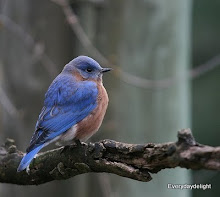Facts About Hyacinths
•An ancient Greek legend describes the origin of the Hyacinth. Two of the gods, Apollo and Zephyr, adored a handsome young Greek called Hyakinthos. Apollo was teaching Hyakinthos the art of throwing a discus.
Zephyr, who was the god of the west wind, was overcome with jealousy and he blew the discus back. It struck Hyakinthos on the head and killed him. From his blood grew a flower, which the sun god Apollo named after him.
•The wild Hyacinth is a native of Turkey and the Middle East, along the eastern shores of the Mediterranean. Hyacinths were grown in Europe in the time of the Greeks and Romans. Both Homer and Virgil noted the sweet fragrance.
•After this, the Hyacinth faded from history, and did not reappear until the 16th century when it was reintroduced into Western Europe from Turkey and Iran. Leonhardt Rauwolf, (a German doctor) collected some Hyacinths when he visited Turkey in 1573.
•Hyacinths have been cultivated commercially since the second half of the 16th century. They became very popular in 18th and early 19th century Europe.
•The bulbs are now grown commercially in the Netherlands and the United Kingdom. In the Netherlands Hyacinths are also grown as cut flowers.
•The common garden Hyacinth is cultivated to a minor extent in the Netherlands for the perfumery trade. However, most Hyacinth perfume sold is synthetic, based primarily upon phenylacetaldehyde. Hence, the Hyacinth is also called the Dutch Hyacinth.
•The normal bloom time for Hyacinths is March to April.
•March 7th is the World Hyacinth Day.
•In the Victorian language of flowers the Hyacinth flower symbolizes sport or play, and the blue Hyacinth signifies sincerity.
If you are a gardener, I hope you are enjoying the spring flowers as they awaken one by one in your very own garden.






























No comments:
Post a Comment
Your comments are always welcome and they mean so much to me. Blessings to you.